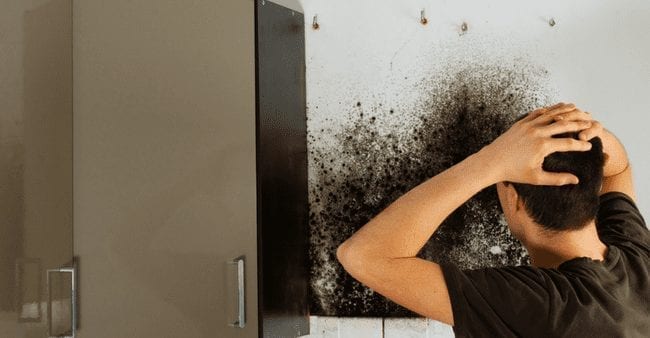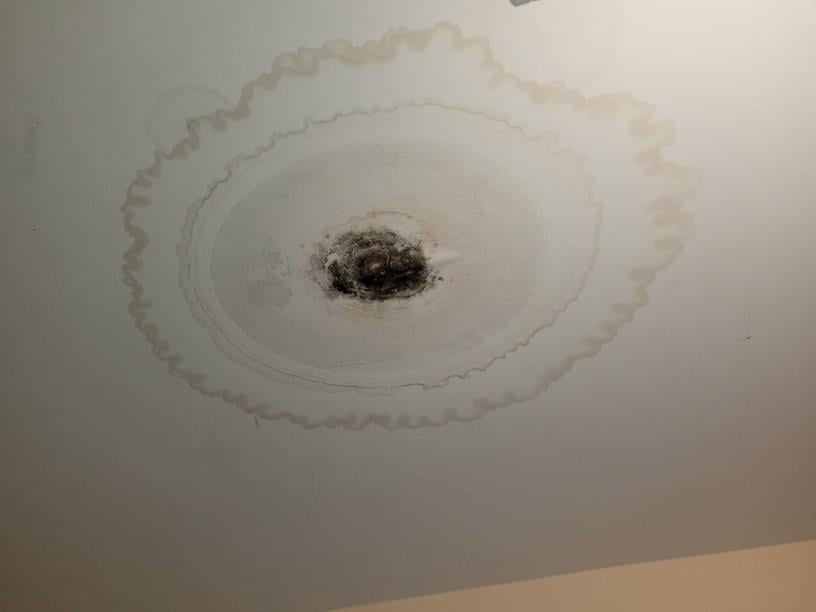Just how to Locate and also Repair Service Water Leaks-- A Comprehensive Overview
Just how to Locate and also Repair Service Water Leaks-- A Comprehensive Overview
Blog Article
Everyone seems to have their own unique idea involving Finding hidden leaks.

Early detection of dripping water lines can minimize a prospective catastrophe. Some small water leakages may not be visible.
1. Analyze the Water Meter
Every home has a water meter. Checking it is a surefire way that aids you uncover leakages. For beginners, shut off all the water sources. Make sure nobody will flush, use the tap, shower, run the cleaning maker or dish washer. From there, most likely to the meter and watch if it will transform. Considering that no person is using it, there need to be no activities. If it relocates, that shows a fast-moving leakage. If you discover no modifications, wait a hr or 2 as well as examine back again. This implies you may have a slow leak that might also be below ground.
2. Inspect Water Usage
If you spot sudden adjustments, despite your intake being the same, it suggests that you have leaks in your plumbing system. An unexpected spike in your costs shows a fast-moving leakage.
On the other hand, a constant rise each month, despite the exact same practices, shows you have a sluggish leakage that's likewise gradually intensifying. Call a plumber to extensively inspect your residential or commercial property, especially if you feel a cozy location on your flooring with piping underneath.
3. Do a Food Coloring Examination
When it comes to water usage, 30% comes from bathrooms. If the shade somehow infiltrates your dish during that time without flushing, there's a leakage between the storage tank and bowl.
4. Asses Outside Lines
Do not fail to remember to examine your outside water lines also. Must water leak out of the connection, you have a loosened rubber gasket. One tiny leakage can throw away loads of water and increase your water bill.
5. Inspect and Analyze the Scenario
Property owners ought to make it a habit to inspect under the sink counters and also inside cabinets for any type of bad odor or mold development. These two red flags show a leak so timely focus is required. Doing routine evaluations, even bi-annually, can conserve you from a major issue.
Check for discolorations and damaging as a lot of pipes as well as appliances have a life expectancy. If you suspect dripping water lines in your plumbing system, do not wait for it to escalate.
Early discovery of dripping water lines can reduce a possible catastrophe. Some little water leakages may not be visible. Checking it is a surefire method that aids you uncover leakages. One small leakage can waste loads of water and spike your water costs.
If you presume leaking water lines in your plumbing system, don't wait for it to rise.
WARNING SIGNS OF WATER LEAKAGE BEHIND THE WALL
PERSISTENT MUSTY ODORS
As water slowly drips from a leaky pipe inside the wall, flooring and sheetrock stay damp and develop an odor similar to wet cardboard. It generates a musty smell that can help you find hidden leaks.
MOLD IN UNUSUAL AREAS
Mold usually grows in wet areas like kitchens, baths and laundry rooms. If you spot the stuff on walls or baseboards in other rooms of the house, it’s a good indicator of undetected water leaks.
STAINS THAT GROW
When mold thrives around a leaky pipe, it sometimes takes hold on the inside surface of the affected wall. A growing stain on otherwise clean sheetrock is often your sign of a hidden plumbing problem.
PEELING OR BUBBLING WALLPAPER / PAINT
This clue is easy to miss in rooms that don’t get much use. When you see wallpaper separating along seams or paint bubbling or flaking off the wall, blame sheetrock that stays wet because of an undetected leak.
BUCKLED CEILINGS AND STAINED FLOORS
If ceilings or floors in bathrooms, kitchens or laundry areas develop structural problems, don’t rule out constant damp inside the walls. Wet sheetrock can affect adjacent framing, flooring and ceilings.
https://www.servicemasterbyzaba.com/blog/how-to-detect-water-leakage-in-walls/

I stumbled upon that content on Locating water leaks while doing a search on the search engines. Are you aware of anybody else who is in the market for the niche? Please feel free to share it. Thanks for your time. Come back soon.
Report this page